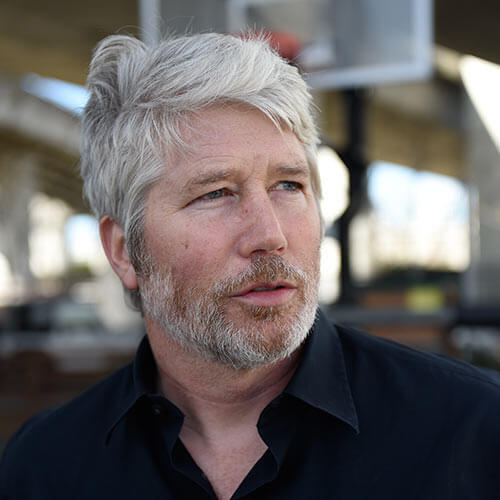Look at these tweets where he’s trying to correct the impression that meat is the #1 enemy in the fight to stop global warming:



What’s Next?
To be clear, we need to do everything we can, including eat less meat. And India, which has 30% of the world’s cows but doesn’t eat them, has to figure out how to reduce their emissions, too.
The world eats 68 million tons of beef every year. It’s a lot. But we mine 7.4 billion tons of coal — 109 times more by weight — and burn it. Coal is 78% carbon. We pull another 5 billion tons of oil out of the earth (some 36 billion barrels), which we also burn.
Nobody has done more, for longer, to say we’re underestimating the relative impact of cars and coal than UC Davis professor Frank Mitloehner. Today, Frank Mitloehner is on the FAO’s Livestock Environmental Assessment and Performance steering committee, as Committee Chair. He and Steinfeld are colleagues, and they are cooperating on a global summit for the FAO. They met a few years after Steinfeld had written “Livestock’s Long Shadow.” Mitloehner was doing a research trial at a commercial dairy farm; he had rigged up the farm with analyzers to measure all the emissions. Steinfeld wanted to see it. They spent the day together.
Over time, Mitloehner felt that “Livestock’s Long Shadow” misrepresented the comparison of livestock and transport in contributing to climate change. The livestock calculation Steinfeld had made was a complete life-cycle analysis. But the transport sector’s was not — it only counted direct emissions. It did not include the impact of oil drilling, refining, shipping the crude and gas, or the manufacturing of all that equipment, or the coal-smoke to make electricity to run those factories. It did not include oil spills, crude gushers, or the pollution from tar sands extraction. It didn’t count our 553,000 underground storage tanks, in the US alone — the largest single threat to groundwater quality. It did not count deforestation for oil or biofuel, of any sort. But for livestock, Steinfeld analyzed all of the equivalent.
Mitloehner and his UC Davis colleagues ended up writing a rebuttal, and the FAO publicly admitted that Mitloehner was right. In 2013, the UN issued a corrected report, removing any comparison to the transportation sector.
“I used to be the only one fighting back,” Mitloehner told me. But now he has legends like Michael Mann and the very author of Livestock’s Long Shadow on his side.
I worry, though, they are still losing the battle for the mindshare of the next generation.
Intel, Netflix, Apple, and Microsoft are powered by 100% renewable energy. Retailers REI and Kohl’s are. Georgetown, Texas, north of Austin, runs on 100% renewables. Hundreds of corporations are making the pledge to be there by 2025, and many huge stockholders have pulled their money out of coal and gas — Lloyd’s of London, Nippon Life Insurance, the Dutch financial firm ING, and many pension funds.
But we have only 9 colleges using 100% renewable energy. Students on campus should be pounding on the doors of college administrators, demanding their school go 100% renewable energy and divest from coal and gasoline.
Meanwhile, we have 157 college campuses running Meatless Monday programs, putting up posters telling students it’s more important to not eat meat than drive an electric vehicle. And an entire generation is eating it up.



